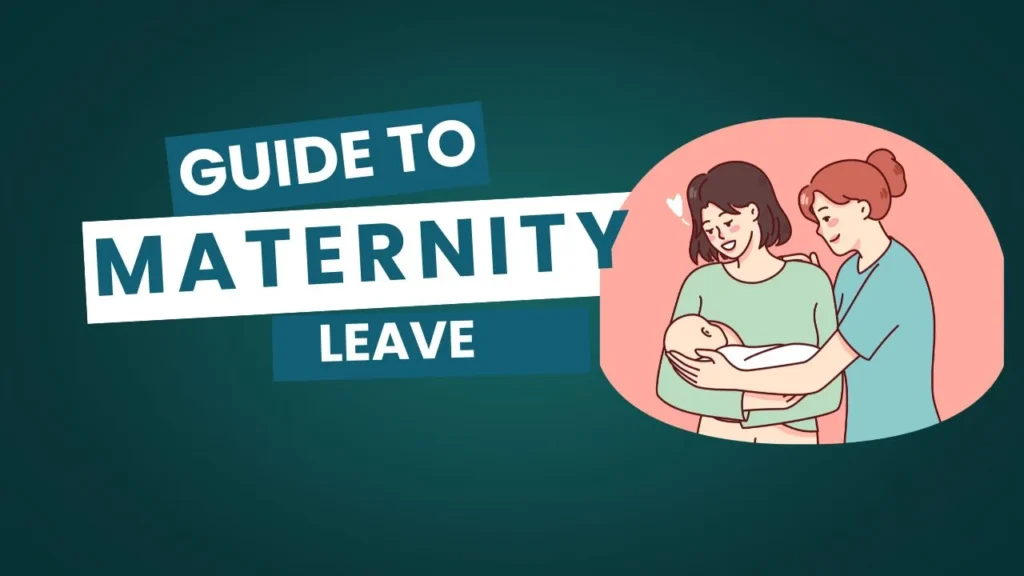
Maternity Leave Rules: A Simple Guide for Government Servants
Maternity leave is a vital benefit for female government employees, offering them the time to recover from childbirth, bond with their newborn, and focus on their health. If you’re a new mother, this leave allows you the support you need during a life-changing moment. Let’s take a closer look at everything you need to know about maternity leave—its eligibility, how long it lasts, and the key conditions.
Becoming a mother is a huge milestone, and it’s important to have the right support during this time. For female government employees, maternity leave gives you the chance to care for your health and your baby. Here’s a breakdown of the essential details.
Maternity Leave Rule- Eligibility & Duration
Maternity leave is available for female government employees, including apprentices, who are expecting a baby.
- First two children: Maternity leave lasts 26 weeks (about 6 months).
- For third child and beyond: The leave duration is generally 12 weeks.
The leave can be taken before the baby arrives or right after childbirth, depending on what works best for the employee. Make sure to apply for the leave in advance to make sure you get the time you need.
Maternity Leave Rules for Childbirth (Including Surrogacy)
Maternity leave applies to all mothers, whether they are delivering a baby naturally or through surrogacy. If you’re the biological mother of the child, you’re entitled to the same amount of leave as any other mother. The leave duration is the same for both natural birth and surrogacy.
Maternity Leave Rules for Adoption
If you adopt a child, maternity leave is available as well. The guidelines are:
- If you adopt a baby under 3 months old, you’re entitled to 26 weeks of maternity leave.
- For a child between 3 months to 1 year, the leave duration may be shorter, depending on your workplace’s policies.
Pay & Allowances
As per Maternity Leave Rules During leave, you will receive a leave salary equal to the pay you were receiving before you took the leave. This ensures that you don’t have to worry about your finances while you’re focused on recovering and taking care of your baby.
Combining with Other Leave
As Maternity leave rules can sometimes be combined with other leave types (except for casual leave or earned leave) to fit your personal situation. This flexibility can help you plan the best leave schedule for your family.
Leave Account & Lapse
Maternity leave doesn’t get deducted from your regular leave account. However, if it’s not used within the set time (either before or shortly after childbirth), it may expire based on your workplace’s rules.
Granting of Leave
Maternity leave is generally granted without any issues, acknowledging how important it is for mothers to rest, recover, and bond with their babies. You shouldn’t face any workplace barriers when requesting this leave.
Conclusion
Maternity leave is an essential benefit for female government employees, allowing new mothers the time they need to care for themselves and their babies. With 26 weeks of leave for the first two children, it ensures that mothers have enough time to enjoy these precious moments without worrying about work or pay.
By understanding the eligibility, duration, and conditions of maternity leave rules, you can make sure to take full advantage of this benefit. Make sure to plan ahead and know your rights so you can focus on your family during this unforgettable time.
Also read
Unified Pension Scheme Gazette Notification 2025
Paternity Leave: A Comprehensive Guide for Government Servants

